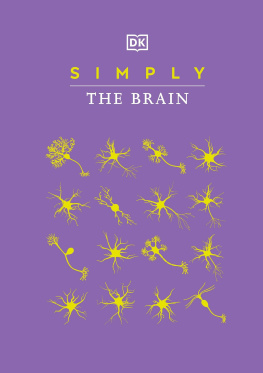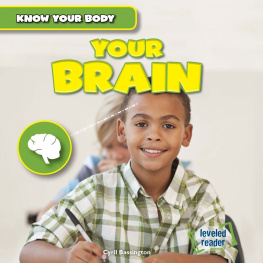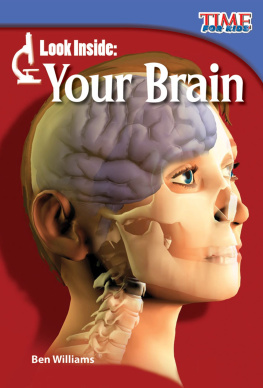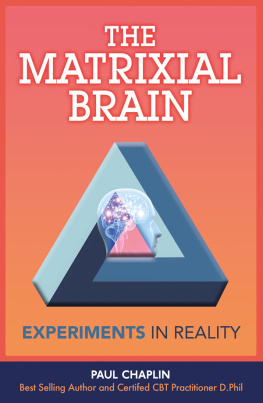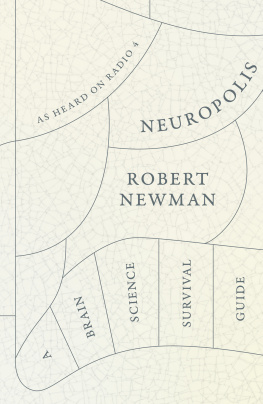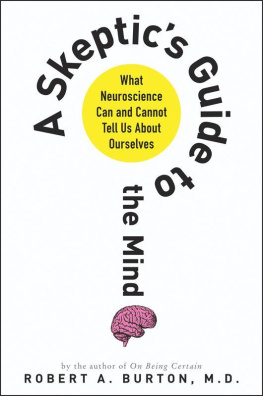
How Your Brain Works
How Your Brain Works
Neuroscience Experiments for Everyone
Greg Gage and Tim Marzullo
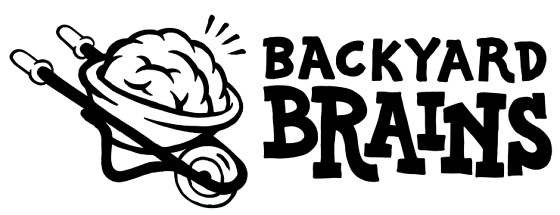
The MIT Press
Cambridge, Massachusetts | London, England
2022 Massachusetts Institute of Technology
All rights reserved. No part of this book may be reproduced in any form by any electronic or mechanical means (including photocopying, recording, or information storage and retrieval) without permission in writing from the publisher.
The MIT Press would like to thank the anonymous peer reviewers who provided comments on drafts of this book. The generous work of academic experts is essential for establishing the authority and quality of our publications. We acknowledge with gratitude the contributions of these otherwise uncredited readers.
This book was set in ITC Stone Serif Std and ITC Stone Sans Std by New Best-set Typesetters Ltd.
Cover design by Derek George with illustrations by Matteo Farinella.
Library of Congress Cataloging-in-Publication Data
Names: Gage, Greg, author. | Marzullo, Tim, author.
Title: How your brain works : neuroscience experiments for everyone / Greg Gage and Tim Marzullo.
Description: Cambridge, Massachusetts : The MIT Press, [2022] | Includes index.
Identifiers: LCCN 2021060556 (print) | LCCN 2021060557 (ebook) | ISBN 9780262544382 (paperback) | ISBN 9780262371278 (pdf) | ISBN 9780262371285 (epub)
Subjects: LCSH: NeurosciencesExperiments. | NeurosciencesPopular works.
Classification: LCC RC337 .G34 2022 (print) | LCC RC337 (ebook) | DDC 616.8dc23/eng/20220217
LC record available at https://lccn.loc.gov/2021060556
LC ebook record available at https://lccn.loc.gov/2021060557
10987654321
d_r0
Contents
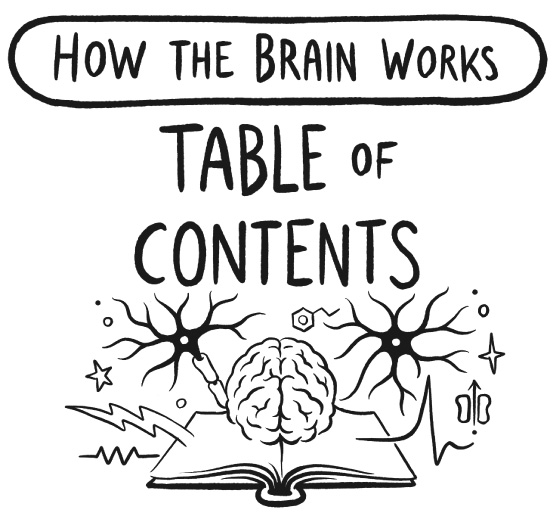
1
Introduction
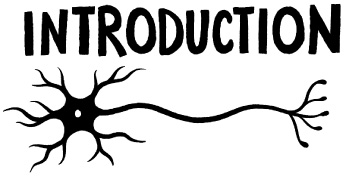
Why DIY Neuroscience?
We breathe, and we see our chest rise and fall. We walk in hot weather, and we sweat. We move our arms and legs, and we see the muscles contracting below our skin. We become excited when approaching someone we have a crush on, and we feel our heart rate increase. We can remember the smell of our grandmothers basement, what our first kiss felt like, and our home address. These are all possible due to the wonderful organ inside our head called the brain. Understanding the brain remains one of the greatest scientific challenges.
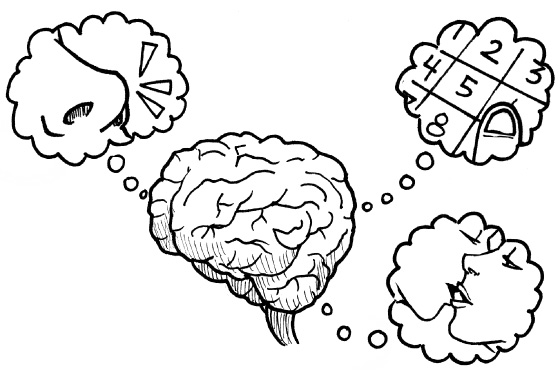
How does thinking actually occur? How does your brain tell your body to move? How does your body tell your brain about its multiple senses? How do we remember? Why do we dream? How are we conscious and aware of ourselves? How do we learn? These questions have perplexed thinkers since early civilization and have evolved into the field of neuroscience that seeks answers. For the past 150 years, great progress has been made in understanding brain function. However, typically only neuroscientists have appreciated these findings. Unlike earth sciences, plant biology, physics, astronomy, and other mainstays of the education system, neuroscience has not been traditionally taught until advanced studies at a university.
Wait... Neuroscience Is Hard!
Neuroscience is perceived to be too complex or too expansive to learn in high schools or to take on yourself. Adages and truisms such as its not brain surgery, or its not rocket science imply that anything having to do with brains or rockets is too cognitively difficult. The implication is that only a select few can even try to tackle these subjects at research universities. These phrases may also pertain to high-risk situationsbrain surgery is dangerous and can cause damage to people, and rockets can blow up. Perhaps it is not surprising that neuroscience is typically taught at the university level, and experiments using living brains are often only conducted at well-funded research institutions.

But perhaps a better reason why neuroscience doesnt find its way into more classrooms has nothing to do with our brains complexity, but rather because the research tools are too expensive. There are a limited number of active neuroscience researchers when compared to typical consumers, so the market that has developed to supply researchers with equipment must charge a premium to stay in business. This is not a problem for well-established neuroscientists as they budget for this in their grants, but it makes neuroscience tools out of reach for most high schools and colleges.
The Growing Need for Neuroscience Education
While we have made great strides in understanding the brain, we are still in the medieval times in the broader field of neuroscience. We still do not know exactly how memory is stored in the brain. The medical community cannot reliably diagnose Alzheimers disease until the brain is sliced after death. What is schizophrenia, exactly? Or depression? One out of five people will be diagnosed with a brain affliction at some point in their lives, and we notoriously have no cures for neurological disorders. Basic and accessible brain research is needed to change this.
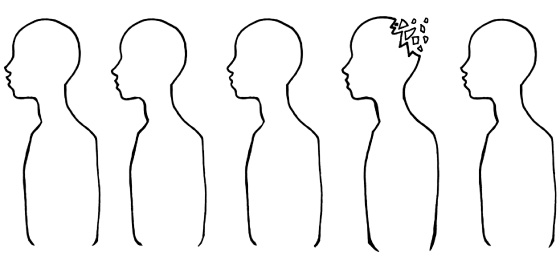
People want to know about their brains. Local libraries and bookstores are filled with popular titles on neuroscience and psychology. Piles of books, written by talented writers, philosophers, neuroscientists, psychologists, and computer engineers, attempt to explain the brain in ways that are ever more engaging. Magazine covers often trumpet stories about the mysteries of the brain revealed. This fascination with the brain speaks to our thirst for knowledge. The brain is personal, it is mysterious, it governs our entire life. It even seeks to understand itself.
Unfortunately, the lack of neuroscience education leaves the field wide open for unneeded exploitation. Fields like neuroeducation, neuromarketing, and neuroeconomics often benefit from a lack of public understanding of basic brain function. There is a growing market for brain health improvement products: vitamin supplements, omega oils, and apps that play classical music to your kids. There are also common brain misconceptions that permeate society. Ideas like you only use 10% of your brain may inspire us to work harder; alcohol kills brain cells may help you drink less; or crossword puzzles keep your brain young may keep you engaged and occupied; but none of these claims are based on neuroscience research. There is no physical evidence for left-brained or right-brained personalities, but these myths demonstrate an underlying interest in the brain and its role in our behaviors.

Next page

